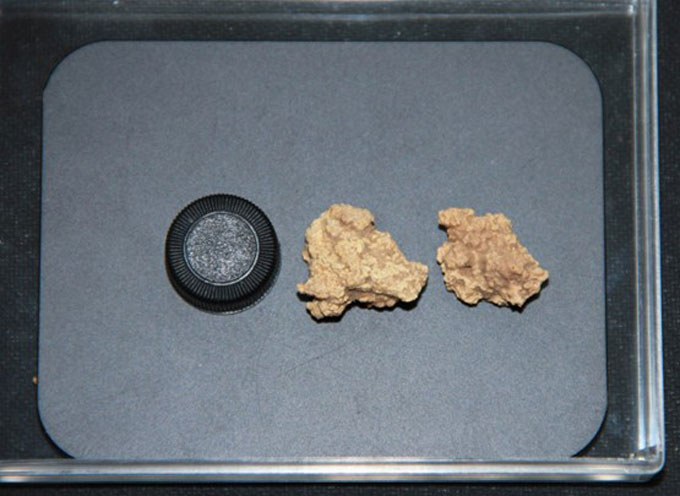When scientists discovered the world’s oldest preserved cheese smeared on the necks of ancient mummies in China, it raised a lot of questions.
Now DNA analysis is answering some of them. It solidified that two of the three curdled samples of kefir cheese are likely made from cow milk, while a third came from goat milk. And a closer look at bacteria in the cheese offers new insights into the origin story of Asian dairy fermentation, revealing how kefir culturing techniques spread across the continent, paleontologist Qiaomei Fu and colleagues report September 25 in Cell.
The samples were first found over 20 years ago in Xinjiang, China, on nearly 3,600-year-old Xiaohe mummies. Scientists couldn’t fully identify the samples back then. In 2014, another group reported evidence that the that the mystery curds were made from kefir. The yogurtlike drink is made by fermenting milk with kefir grains, which consist of live bacteria and yeast cultures. When drained, kefir becomes a lumpy mass of cheese.
“This is the oldest preserved cheese sample in the world,” says Fu, of the Chinese Academy of Sciences in Beijing. It’s almost 400 years older than the previous record holder (SN: 8/17/18). But it didn’t feel like cheese, Fu says. When she squeezed the samples, they felt like “dense dust.”
Because kefir can be created only from existing kefir cultures, bacteria in the grains can be a proxy to trace the spread of fermentation techniques. Fu’s team compared the bacteria’s DNA against 15 modern samples, building a bacterial family tree in the process. Prior research proposed that kefir fermentation techniques largely spread from Russia to Europe, but the team mapped evidence showing an additional route running from modern-day Xinjiang, where the tombs were excavated, into Tibet and inland east Asia.
“From this contaminated, ancient sample, they managed to find one specific bacteria and find out how it spread,” says Anna Shevchenko, a chemist at the Max Planck Institute of Molecular Cell Biology and Genetics in Dresden, Germany. “To me, that’s what is most interesting.”
What the cheese was doing on the mummy’s necks, however, remains a mystery.


